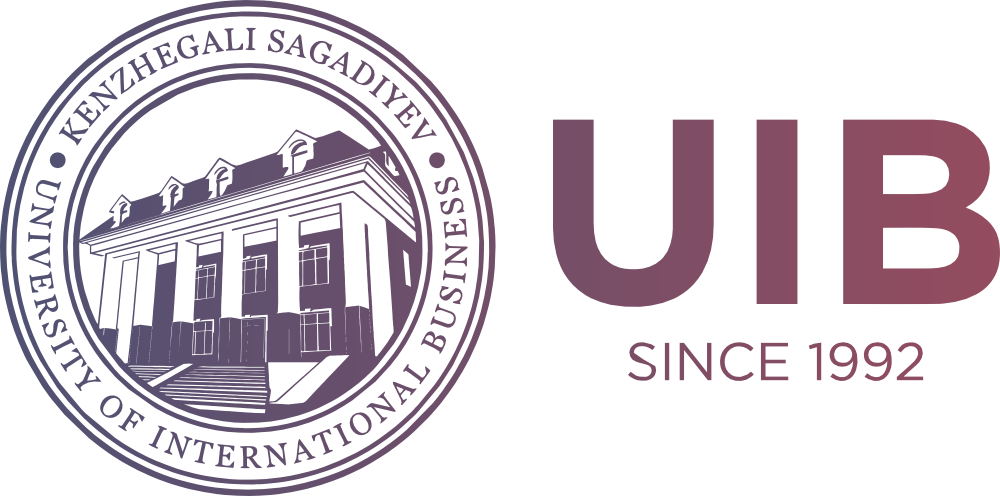Path to Green Economy: Analyzing Innovation, Investment and Taxation in Kazakhstan
DOI:
https://doi.org/10.47703/ejebs.v68i3.415Keywords:
Green Economy, Environmental Investments, Green Innovations, Environmental Taxes, Forecast, Innovation ActivityAbstract
The concept of a green economy has gained significant attention, aiming to achieve sustainable development without environmental harm. This study examines Kazakhstan's transition to a green economy, focusing on indicators such as green innovation, investment in environmental protection, and green taxes. Despite Kazakhstan's commitment to a carbon-neutral economy by 2060, significant challenges were identified. The methodology involved three steps: descriptive analysis of green economy indicators for 2016–2022, correlation analysis to identify significant relationships, and trend forecasting for 2023–2025 using a linear regression model. This approach provided a thorough examination of the green economy's current state and future projections. Over the study period, the number of organizations engaged in environmental innovation and their activity levels have decreased. Investments in environmental protection showed initial growth, but declined in recent years. Conversely, there has been an increase in environmental taxes, reflecting the government’s focus on tax instruments to promote sustainable development. Correlation analysis revealed complex interdependencies, indicating that higher investments and taxes are often associated with lower levels of green innovation activity. Projections for 2023-2025 suggest a further decline in green innovation indicators unless significant policy measures are taken. The study underscores the need for a balanced approach that encourages green innovation while maintaining robust investment and tax bases.
Downloads
How to Cite
Downloads
Published
Issue
Section
License

This work is licensed under a Creative Commons Attribution 4.0 International License.
Authors retain copyright and grant the journal right of first publication with the work simultaneously licensed under a Creative Commons Attribution (CC-BY) 4.0 License that allows others to share the work with an acknowledgment of the work’s authorship and initial publication in this journal.



